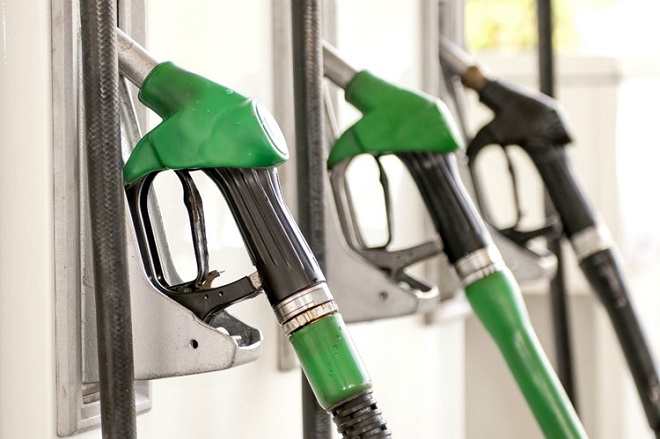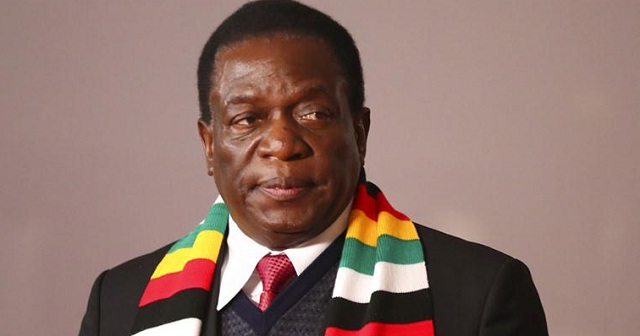
Harare, Zimbabwe | AFP | Several months of protests in Zimbabwe over shortages of basic goods, inflation and the depreciation of the local currency have escalated into riots after the government doubled the price of fuel.
In power since the fall of Robert Mugabe in November 2017, President Emmerson Mnangagwa has promised to revive the country’s shattered economy, but has so far failed.
Here is a summary of the unrest.
– Demonstration against inflation –
On October 11, 2018 the Zimbabwe Trade Union Confederation (ZCTU) plans marches against inflation and shortages of daily essentials like fuel, cooking oil, rice and medicines.
But trade union leaders and scores of activists are arrested before the start of the rally. The union leaders are freed on bail two days later.
A new two percent tax on electronic transactions, which are widely used as cash is in short supply, also comes under heavy criticism.
On October 23 Nelson Chamisa, the main opposition leader who lost the presidential election to Mnangagwa, calls for a transitional government to resolve the worsening crisis.
– Opposition in the street –
On November 29 thousands of opposition supporters march in the capital Harare under close surveillance.
It is the first anti-government protest since August 1, when opposition supporters took to the streets after it was announced that the ruling ZANU-PF had won the most seats in parliamentary elections. During the August protest, soldiers opened fire on the demonstrators, killing six.
– Strikes in hospitals, education –
On December 1 hundreds of doctors from public hospitals go on strike, demanding medicines, which are in short supply, and to be paid in US dollars.
On January 9, 2019 teachers from the state sector also stop working and demand payment in US dollars.
On January 10 hospital doctors resume work after receiving assurances that the state will meet their demands.
The following day the government announces the reintroduction by the year’s end of the Zimbabwean dollar, which was abandoned in 2009 in favour of US currency.

– Rioting after fuel price hikes –
On January 12 Mnangagwa announces on television that fuel prices will be more than doubled in a bid to fight against a shortage that authorities say is caused by illegal trading.
January 14 sees the start of a three-day general strike called by the ZCTU. Violent demonstrations erupt across the country, especially in the capital and Bulawayo, the second city and opposition stronghold in the south.
Many shops are looted and buildings and cars torched by angry citizens.
According to an official toll, three people have been killed in the rioting. Non-governmental organisations say the police used live fire on demonstrators, leaving between five and eight dead and many wounded.
At least 600 people are arrested, according to security minister Owen Ncube, including leading activist Evan Mawarire.
On January 16 Mnangagwa, on a visit overseas, calls for calm, vowing to tackle the “monumental task” of fixing the shattered economy.
 The Independent Uganda: You get the Truth we Pay the Price
The Independent Uganda: You get the Truth we Pay the Price



